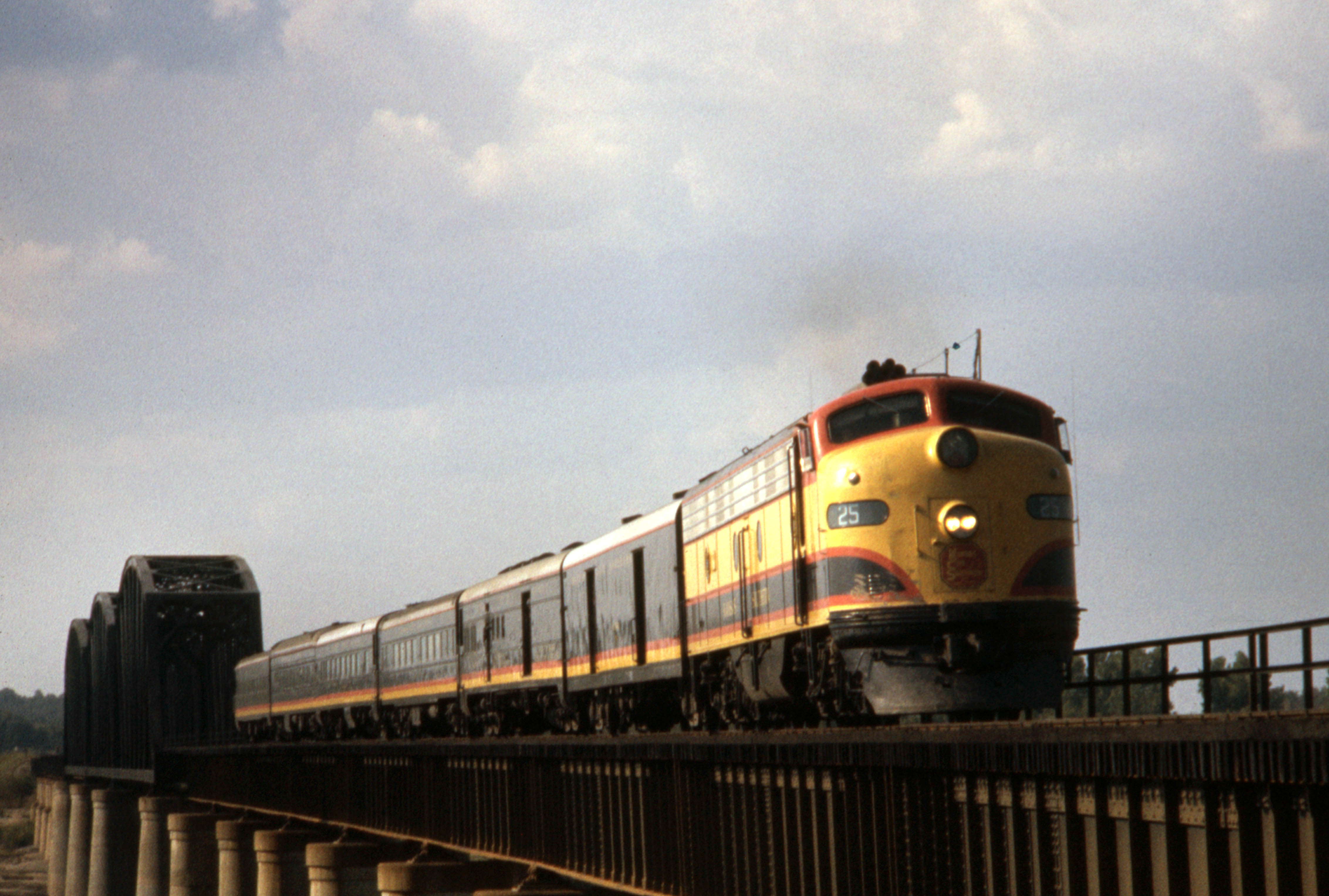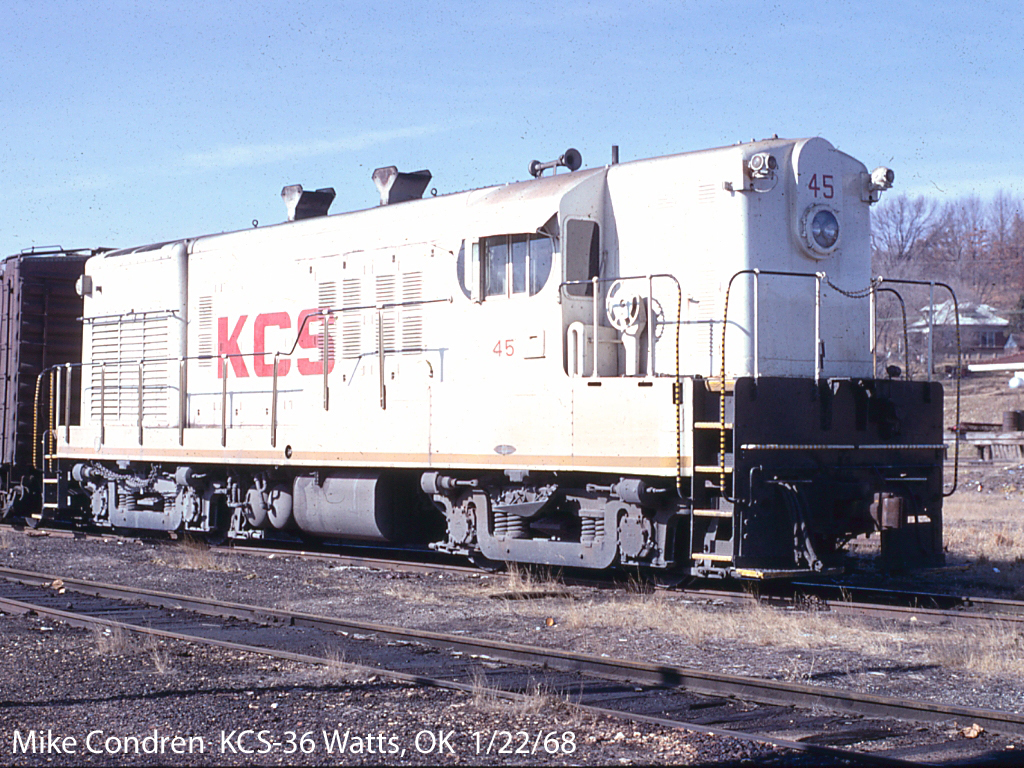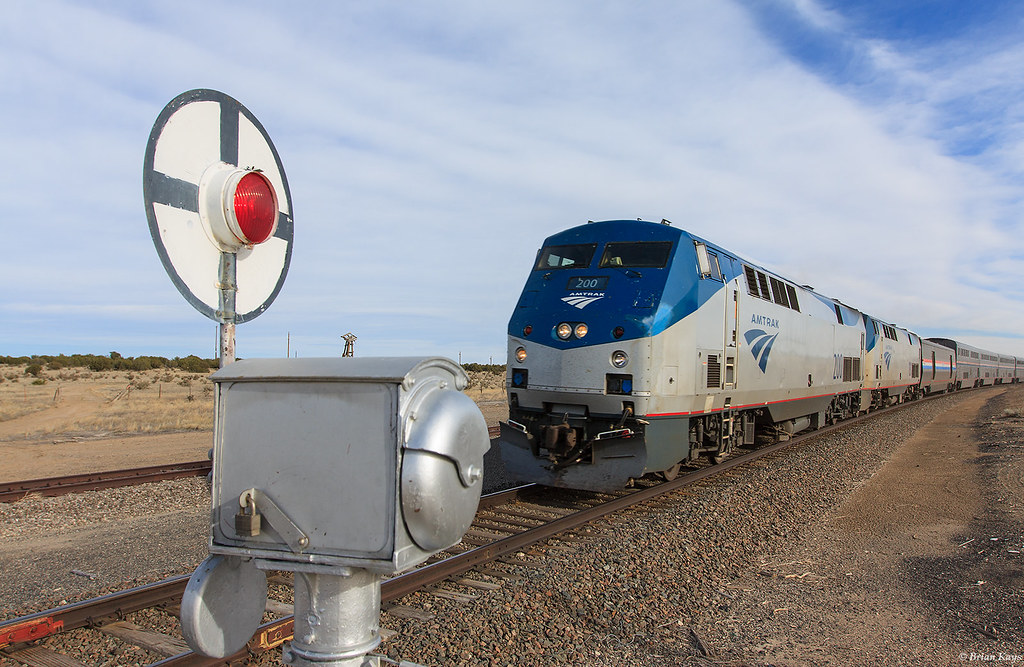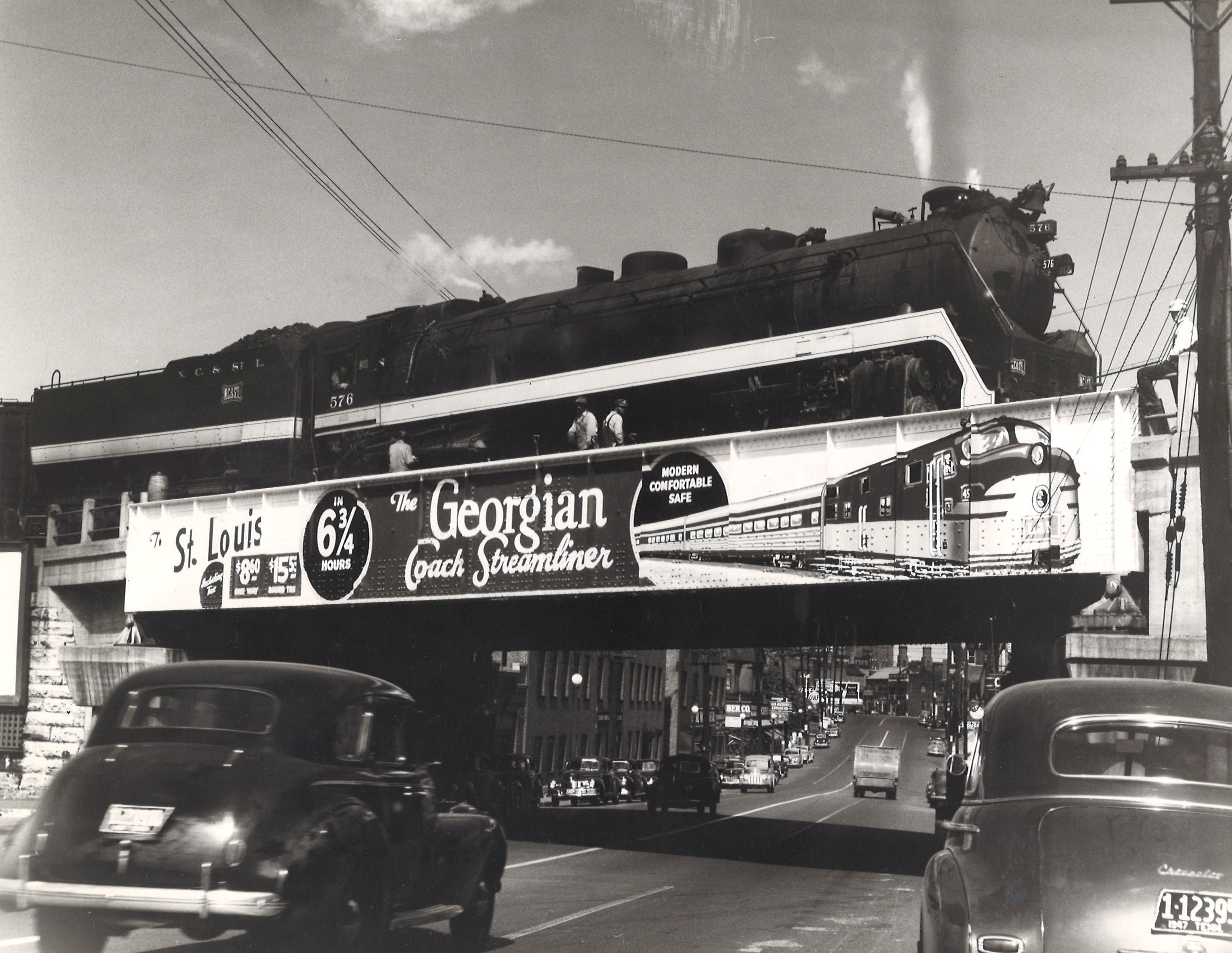Some other examples of related steam locomotive designs showing up in different spots.

Probably the most famous example is the tale of the C&O T-1 and the PRR J1. During WWII, the PRR needed newer, faster and more powerful freight engines. The War Production Board was not allowing new designs, so the PRR had to pick a proven design. They tried the Norfolk & Western Class A 2-6-6-4 and found it not to their liking. Then they tried out the C&O's new 2-10-4s and fell in love with them (PRR also wanted to test a C&O 2-6-6-6 but couldn't get their hands on one to test). Since the PRR couldn't change any major mechanical specs to make it their own, they applied PRR aesthetic cues to to make it their own. This included moving the bell back on the boiler, relocating the headlamp to the top of the smokebox, trading out the footboards for a cast pilot with a drop coupler, relocating the air compressor radiator to the pilot deck and installing a unique cab with a semi-circular side window. The C&O T-1 was handsome but relatively nondescript, but the J1 was a fearsome, brutal-looking machine.


Canadian National took ownership of Central Vermont in 1923 but largely left the line's identity and operations alone and Central Vermont was content to operate with a fleet of quaint Ten Wheelers and Consolidation. After a flood destroyed a huge portion of the CV, CN invested considerable money and manpower in rebuilding them and from then on began to exert more corporate influence on the CV. Part of this was a purchase of new motive power, including a batch of Pacifics, Texases and Mountains. The CV's U-1-a Mountains were built off the CN's U-1-a Mountain blueprints, which was a rather light engine by US standards. While the CN version, with it's Elesco feedwater heater, small smokebox door, all-weather cab and high-capacity tender, looked like a hulking monster, the Central Vermont was much more dainty-looking. The Elesco feedwater heater was replaced with a Coffin internal heater, it had a large-diameter smokebox door, an outside-journal lead truck and a regular cab.
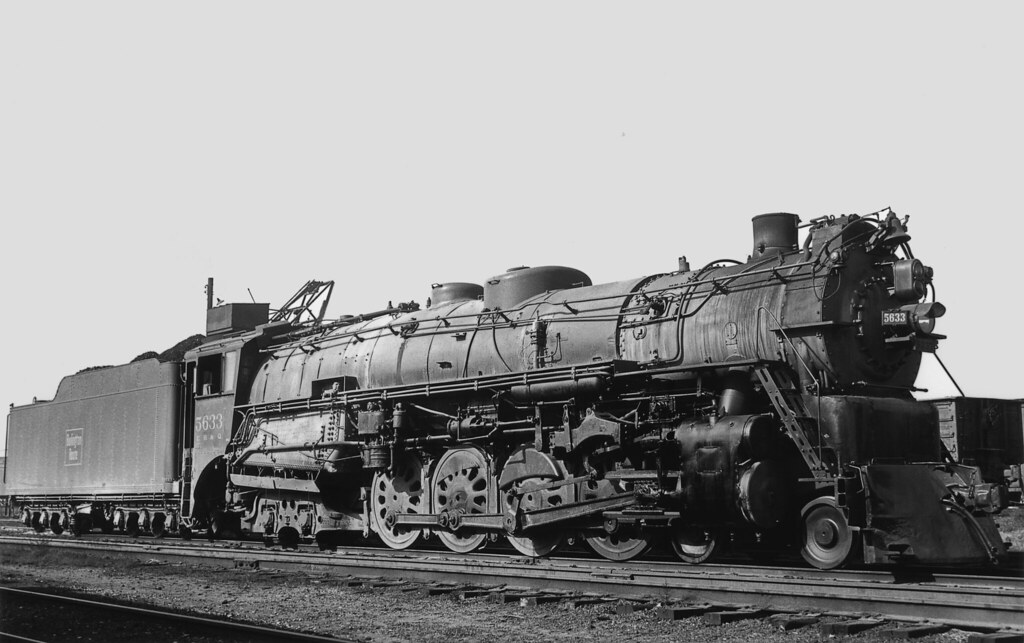
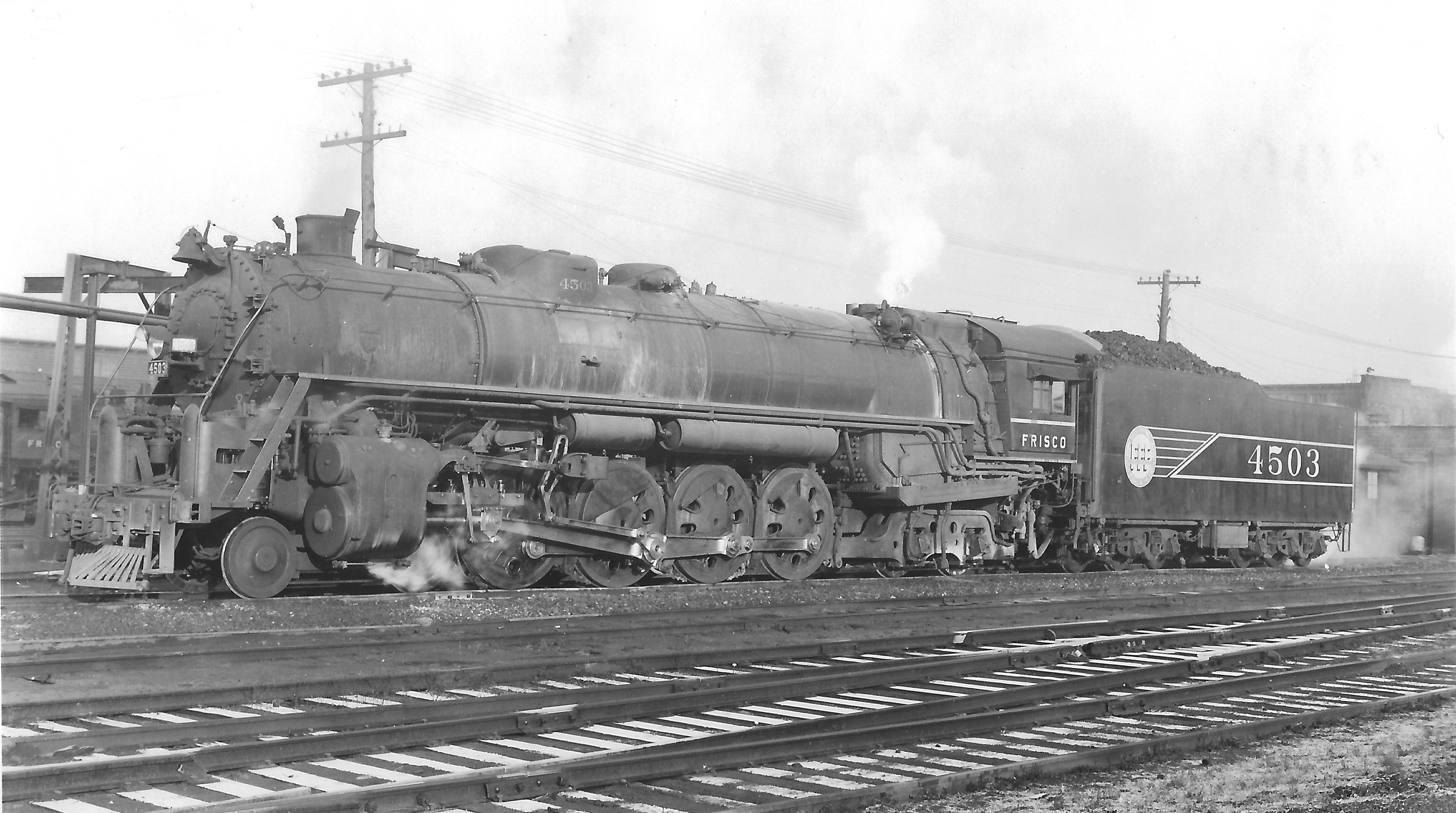
Another case of the War Production Board getting involved. Frisco, long an adherent to the Mikado and Mountain designs, needed additional steam power when the Frisco essentially became a moving oil pipeline in WWII. Frisco ordered 25 modern Northerns based off of the CB&Q's excellent O-5a Northern. Frisco replaced the Elesco vertical coil-type feedwater heater with a Coffin internal feedwater heater and installed a trailing truck booster engine. They also replaced the cast pilot with a boiler tube pilot with footboards, installed the typical Frisco extra-tall cab, and generally just cleaned up the overall design. Also interesting was that while the Q's Northerns were all delivered as coal-burners, Frisco had theirs delivered as a mix of oil- and coal-burning engines. And this must be an early photo of the Frisco #4503, because it still has the Frisco Faster Freight winged logo on the tender. Not long after delivery, the penny-pinching president Clark Hungerford took one look at the logo and commented "How much tonnage does this pull? Get it off" and all the tenders had the logo painted over and replaced with just the numbers.

Here's a confusing one. How could these two engines possible be related? Well, during WWI and the USRA's reign, several railroads were recipients of a standardized Heavy Santa Fe. While most of the lines, like the CB&Q or the Erie, were content to leave them as delivered, the non-PRR heritage must have bothered the PRR. So, in the early 1920s, the PRR took their 130 USRA Heavy Santa Fes, class N2, and ran them through their shops. They altered the rear boiler course to give it a Belpaire boiler, moved the headlight and bell to the typical PRR locations and installed doghouses on the tender. The resulting engine was called an N2sa. The 2-10-2s were rather anemic in comparison to other PRR power at the time, particularly the I1 Decapod, so they were shuffled off to the farther-flung ends of the PRR network. Although they lived long lives, they were rarely photographed and are considered the red-headed stepchild of PRR power.


While the New York Central was developing impressive modern Mikados, Hudsons and Mohawks, the neighboring New York, Ontario & Western, always a sickly line, was making do with a roster of antique Ten-Wheelers, camelback Moguls and Consolidations, and a class of very light clean sheet design Mountains, class Y-1s. The NYO&W would never own a Mikado or a Hudson, or even a Pacific, but in '29, as NYO&W's traffic peaked, they needed new motive power. They ordered another batch of Mountains, class Y-2, but rather than their own design, these were a duplicate of the New York Central's L-2a Mohawk. NYO&W deleted the Coffin internal feedwater heater and equipped them with a shorter tender, but the lineage is still very evident. The Y-2s ended up being the last new steam power the O&W purchased, and '29 ended up being the high water mark for the line, as traffic had halved by '32 and the line went bankrupt in '35.



During WWII, the Denver & Rio Grande Western put in an order for EMD FT diesels, but the War Assets Administration turned down the order. Instead, Union Pacific was in the midst of receiving a big order of their famed 3900-series Challengers and the WAA diverted 6 of those articulateds to the D&RGW, who numbered them in the 3800-series and classified them as an L-97. D&RGW was never that impressed with them and after just three years on the property, turned them back over to the government. Some say that the problem was that the UP engines were "runners" and D&RGW wanted "luggers". Others say that the reason D&RGW wanted diesels on the area they were assigned to was because of poor water quality. And some say, the D&RGW just really wanted diesels. The government then sent the six orphans to the Carolina, Clinchfield & Ohio. The Clinchfield also wanted diesels, and got them shortly afterwards. The unloved engines were parked in 1952, although they sat in a Florida scrapyard as late as 1969, waiting for the equipment leases to run out before they could be scrapped.


Boston & Maine bought three batches of truly monstrous 4-8-2s from Baldwin in 1935, some of the heaviest in the US, right around the same time they were ordering some of the largest Pacifics in the US from Lima. With 73" drivers, a total weight of 788,800lbs and 67,900lbs of tractive effort, they were some pretty awesome machines. They were also very visually distinct, with a pair of small elephant ear smoke deflectors and a centipede tender behind them. Nine years later, an addition three engines of the very same design were constructed for the little Lehigh & Hudson River, right down to the smoke deflectors, tender and even the class designation (Both called them an R-1). The R-1s were apparently quite an eye-opener for L&HR crews, who were used to plodding short-drivered 2-8-0s and USRA Light Mikados. The R-1s were the first engine on the L&HR to have a driver diameter larger than 64", and they would hit 70mph on the grade from Mcafee to Sugar Loaf with ease. There must have been better water treatment over on the B&M than on the L&HR though, because the L&HR fought with foaming and excessive scale buildup in the boiler.












